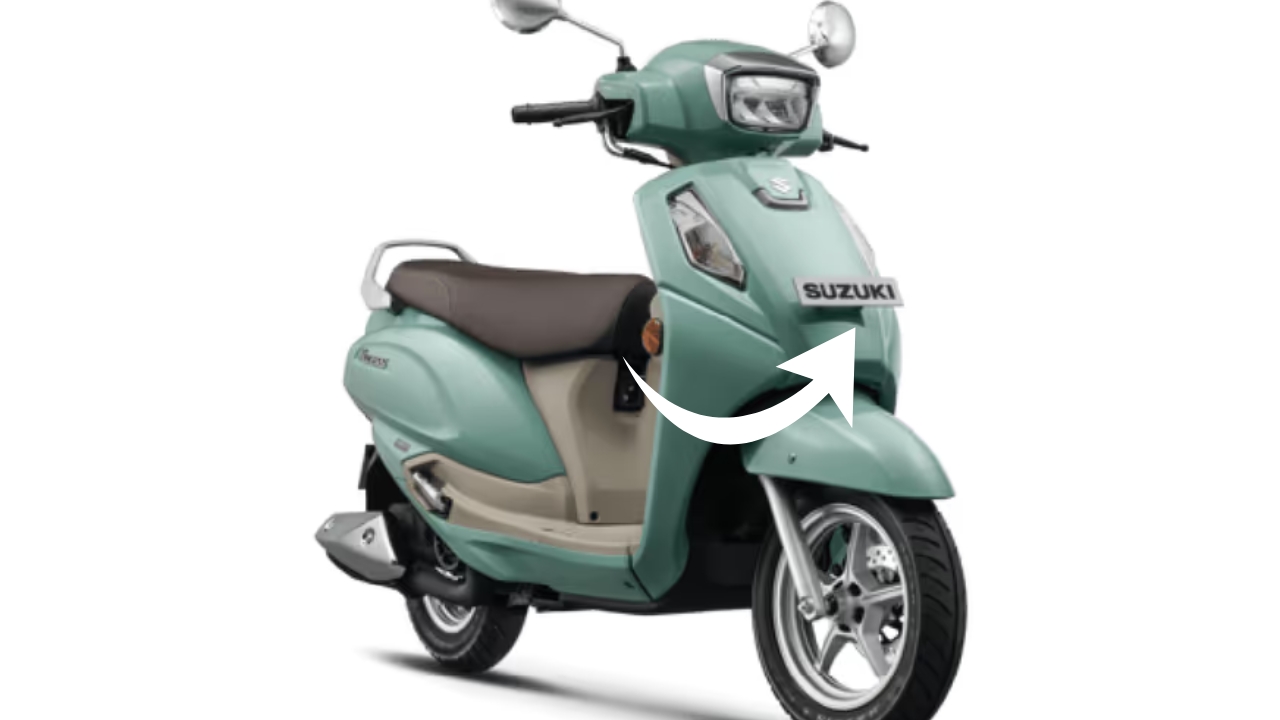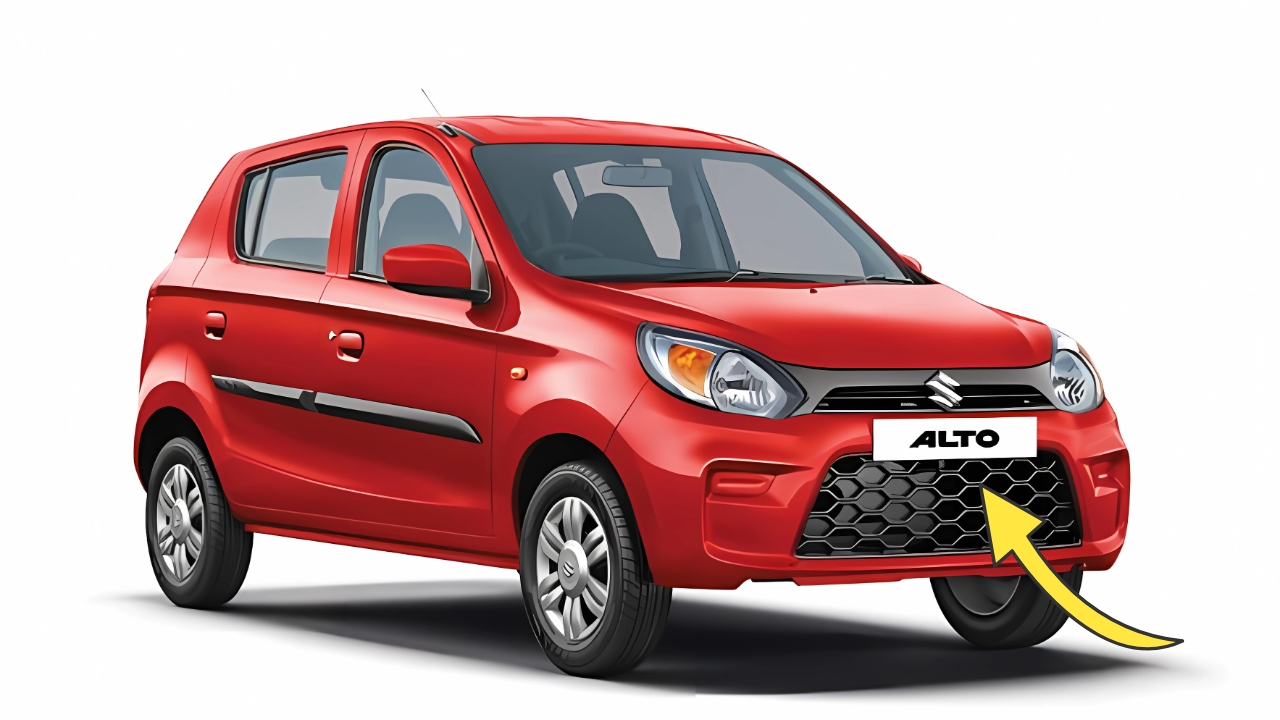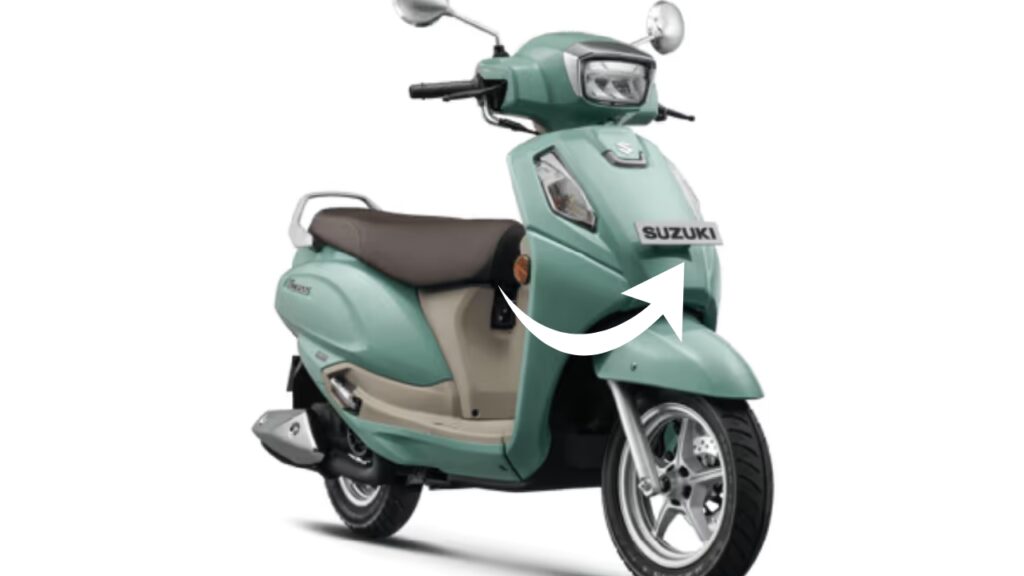The Yamaha RX100 stands as perhaps the most beloved and iconic motorcycle in Indian automotive history, transcending its role as mere transportation to become a cultural phenomenon that defined an entire generation’s relationship with motorcycling.
Launched in 1985 through Escorts Limited’s collaboration with Yamaha Motor Company, this remarkable machine introduced Indian riders to performance-oriented motorcycling while establishing benchmarks for reliability and engineering excellence that continue to influence the industry today.
The Genesis of a Legend
The RX100’s arrival marked a watershed moment in Indian motorcycling, occurring during a period when the domestic two-wheeler market was dominated by utilitarian machines that prioritized fuel efficiency over performance.
Against this backdrop, Yamaha’s decision to introduce a performance-focused motorcycle represented a bold gamble that would ultimately reshape consumer expectations and market dynamics.
The partnership between Escorts and Yamaha brought Japanese engineering precision to Indian manufacturing capabilities, creating a unique synthesis that combined world-class technology with local production economics.
This collaboration proved instrumental in making advanced motorcycling technology accessible to middle-class Indian consumers who had previously been priced out of performance motorcycling.
The RX100’s development philosophy centered on delivering genuine performance in a package that remained affordable and maintainable under Indian conditions.
This approach required careful engineering compromises that balanced performance aspirations with practical considerations like fuel availability, maintenance infrastructure, and rider skill levels prevalent in the Indian market.
Engineering Excellence and Technical Innovation
At the heart of the RX100’s legendary status lay its remarkable 98cc two-stroke engine, a masterpiece of compact engineering that delivered performance levels previously unimaginable from such a small displacement powerplant.
The air-cooled, single-cylinder engine produced approximately 11 horsepower, but its real magic lay in the aggressive power delivery characteristics that made it feel significantly more powerful than its modest specifications suggested.
The two-stroke engine design provided several advantages perfectly suited to Indian riding conditions.
The simple construction minimized manufacturing costs while ensuring that maintenance and repairs could be performed by local mechanics using readily available tools.
The engine’s lightweight construction contributed to the motorcycle’s excellent power-to-weight ratio, while its robust design proved capable of withstanding the rigors of Indian roads and riding conditions.
Yamaha’s reed valve intake system represented advanced technology for the era, improving fuel efficiency and power delivery characteristics compared to conventional two-stroke designs.
This innovation allowed the RX100 to achieve remarkable fuel economy figures while maintaining its performance credentials, addressing one of the primary concerns of cost-conscious Indian consumers.
The transmission system featured a four-speed gearbox with gear ratios carefully optimized for Indian riding conditions.
The close-ratio gearbox allowed riders to keep the engine within its optimal power band, maximizing performance while ensuring smooth power delivery across various riding scenarios.
Design Philosophy and Aesthetic Appeal
The RX100’s design represented a significant departure from the utilitarian aesthetics that characterized most Indian motorcycles of the era.
Yamaha’s designers created a machine that looked fast even when stationary, with flowing lines and aggressive proportions that communicated performance intent to observers and riders alike.
The fuel tank design became iconic, featuring a distinctive shape that balanced fuel capacity requirements with the sleek aesthetics demanded by performance-oriented consumers.
The tank’s contours provided excellent ergonomics for spirited riding while creating visual drama that distinguished the RX100 from its more conservative competitors.
Color schemes evolved throughout the production run, but classics like red, blue, and black became synonymous with the RX100 identity.
These colors were chosen not just for aesthetic appeal but also for their ability to maintain appearance under the harsh Indian climate and challenging maintenance conditions common throughout the country.
The seating position struck an ideal balance between comfort and control, allowing riders to adopt aggressive riding positions when desired while maintaining comfort during extended touring.
This versatility proved crucial to the motorcycle’s broad appeal across different riding applications and rider preferences.
Cultural Impact and Social Phenomenon
The RX100 transcended its mechanical specifications to become a cultural touchstone that influenced fashion, music, cinema, and social dynamics throughout India.
Young riders adopted the RX100 as a symbol of rebellion and freedom, while its distinctive exhaust note became the soundtrack of Indian youth culture during the late 1980s and 1990s.
Bollywood films featured the RX100 prominently, often casting it as the vehicle of choice for romantic heroes and rebellious protagonists.
These cinematic appearances reinforced the motorcycle’s image as a symbol of youth, passion, and adventure, contributing to its legendary status beyond the motorcycling community.
The motorcycle played crucial roles in countless personal stories, from first dates to college adventures, from professional achievements to family milestones.
For many Indian riders, the RX100 represented their first taste of genuine performance motorcycling, creating emotional connections that persisted long after they had moved on to other machines.
Performance Characteristics and Riding Experience
Riding an RX100 provided an intoxicating experience that combined raw performance with mechanical engagement.
The two-stroke engine’s immediate throttle response created an addictive riding experience that made even mundane commutes feel like adventures.
The engine’s willingness to rev, combined with its distinctive exhaust note, created sensory experiences that embedded themselves in riders’ memories.
Handling characteristics reflected Yamaha’s commitment to performance, with chassis dynamics that encouraged spirited riding while maintaining stability and predictability.
The lightweight construction and well-balanced weight distribution made the RX100 remarkably maneuverable in traffic while providing confidence-inspiring behavior on open roads.
Braking systems, while basic by contemporary standards, provided adequate stopping power for the motorcycle’s performance capabilities.
The combination of front disc and rear drum brakes offered progressive feel and reliable performance under varied conditions.
Legacy and Lasting Influence
Though production ended in 1996, the RX100’s influence on Indian motorcycling culture continues to resonate today.
Modern performance motorcycles still draw comparisons to the RX100’s legendary character, while restoration communities work tirelessly to preserve surviving examples for future generations.
The motorcycle’s impact on Indian automotive development cannot be overstated, as it demonstrated market demand for performance-oriented vehicles and influenced subsequent product development strategies across the industry.
Many successful motorcycles that followed drew inspiration from the RX100’s formula of accessible performance and engaging character.
Yamaha RX100 come back in Dhansu look
The Yamaha RX100 remains the gold standard by which Indian performance motorcycles are measured, a testament to engineering excellence and cultural resonance that transcends mere transportation.
Its combination of genuine performance, reliability, and emotional appeal created a perfect storm of success that established it as India’s most beloved motorcycle and secured its place in automotive history.














